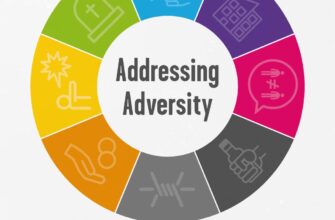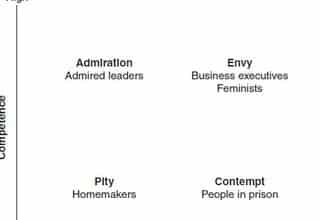I’ve really enjoyed this summer. Unlike the rest of the year, summer is the one time when I don’t feel pressure to keep my television viewing current. My DVR is not on the brink of overflow and I can leisurely catch up on programs I’ve missed without worrying that someone will spoil it. But fall is coming and with it is a whole lotta of new TV.
My issues are of my own doing. I don’t have to watch all of my shows; there is just so much good television. I both can’t keep up and I really, really want to. Therefore, to ease up on this unnecessary, leisure-time pressure, I’ve decided to remove some shows from my viewing rotation. Making this resolution is easy; keeping it is not.
There is simply too much television… [The audience] is overwhelmed by the sheer volume of shows.—John Landgraf, CEO of FX Networks
How do I decide what shows to abandon? I have two that are wrapping up this year, so I can’t miss their conclusion. Three are frequently referenced at work, so I can’t cut myself out of the break room chatter. Others make me think, are reserved for family time, or are simply too good to ignore. And let’s not forget about the promising new shows coming out.
With so many shows to pick from, I don’t want to choose the wrong ones. This quandary is not uncommon. Numerous studies have concluded that we often make a bad decision when presented with too many options.
In a recent experiment, acclaimed neuroscientist Paul Glimcher asked participants to choose one candy bar amongst those offered, including their favorite, a Snickers. If offered a Snickers, an Almond Joy, and a Milky Way, the Snickers was always chosen. However, when participants were offered twenty candy bars, including Snickers, they frequently picked a candy bar other than the Snickers. This may not seem unusual except that when Glimcher removed all the choices except the selected candy and the Snickers, a significant number of participants were unsure why they chose a candy bar other than their favorite.
Malcolm Gladwell’s classic Blink: The Power of Thinking Without Thinking discussed an overcrowded hospital Emergency Room in Chicago that had too many patients, not enough doctors, cramped space, an inadequate number of beds, and scarce resources. Finding that over thirty patients a day came in complaining of having a heart attack, the hospital conducted a study. They found that…
…extra information is more than useless. It’s harmful. It confuses the issues. What screws up doctors when they are trying to predict heart attacks is that they take too much information into account.
And in a 2004 study, Columbia Business School’s Sheena Iyengar concluded that extensive choices in retirement funds hinder purchasing decisions and decrease subsequent satisfaction with the purchased plan. Using data from 800,000 employees, Iyengar and her team found 75% participation when offered two 401k plans, but it dropped to 70% when eleven plans were offered and 61% when there were 59 plans. Then, once the employees with more options chose their plan, many opted out or chose lower-return plans.
Consumers are saying that greater choice does not always lead to a better experience.—Jonathan Hurd, Altman Vilandrie & Company Director
Thankfully, there are ways we can sift through the options to improve our decision making. Consider the following:
What’s the problem? Before getting lost in the infinite number of solutions, spend more time defining the problem. You can then concentrate on a clearer, more distinct objective.
Narrow it down. Since decision making is hampered by feeling overwhelmed from an excessive number of options, begin by removing the undesirable choices. This will minimize distractions and allow you to focus on the best decision.
Rank it. Once you have a list of the best possible solutions, make a pro/con list. Order them by favorability consult with your team, and carefully analyze the data.
Do your due diligence. Time pressures are a sure path to faulty decision making. A sense of urgency is necessary, but allow yourself time to weigh your options before committing.
Don’t let an overwhelming number of options harm your decision making. Remain vigilant of the impact this can have on you and your team. Like my clean DVR cue, maintain a clean approach to how you organize your thoughts. With a little discipline, it can be as easy as pressing delete.








